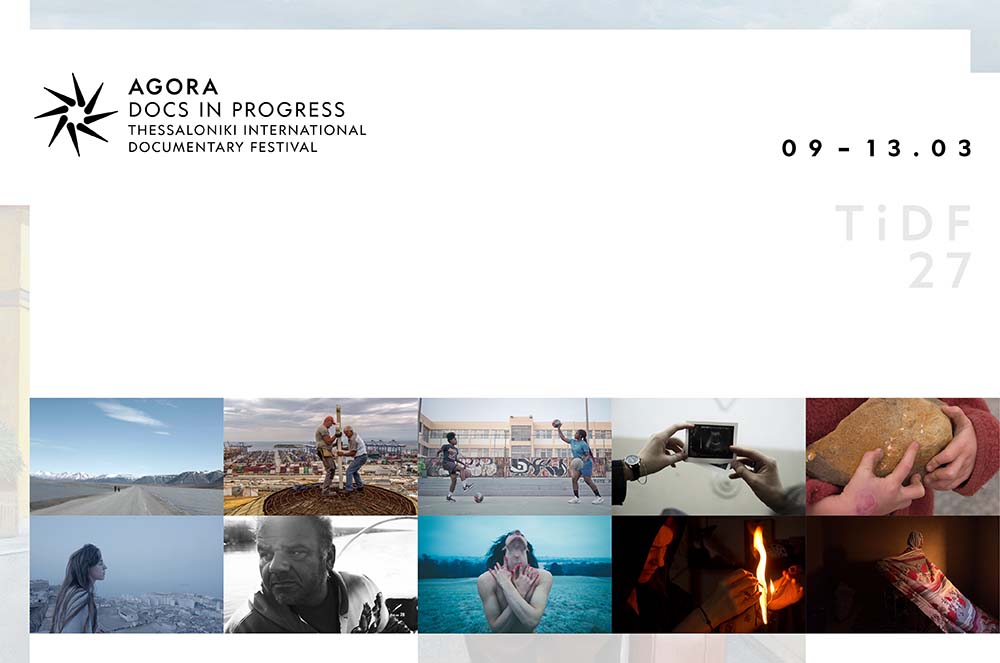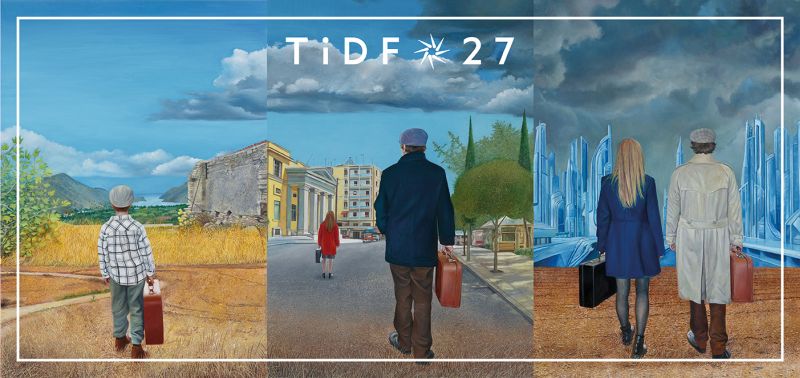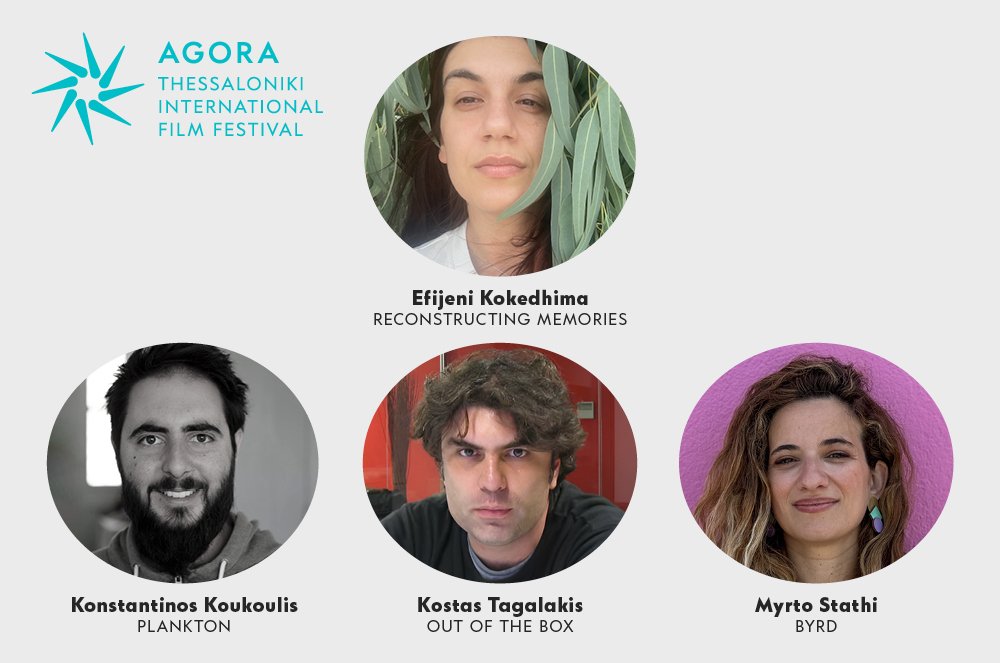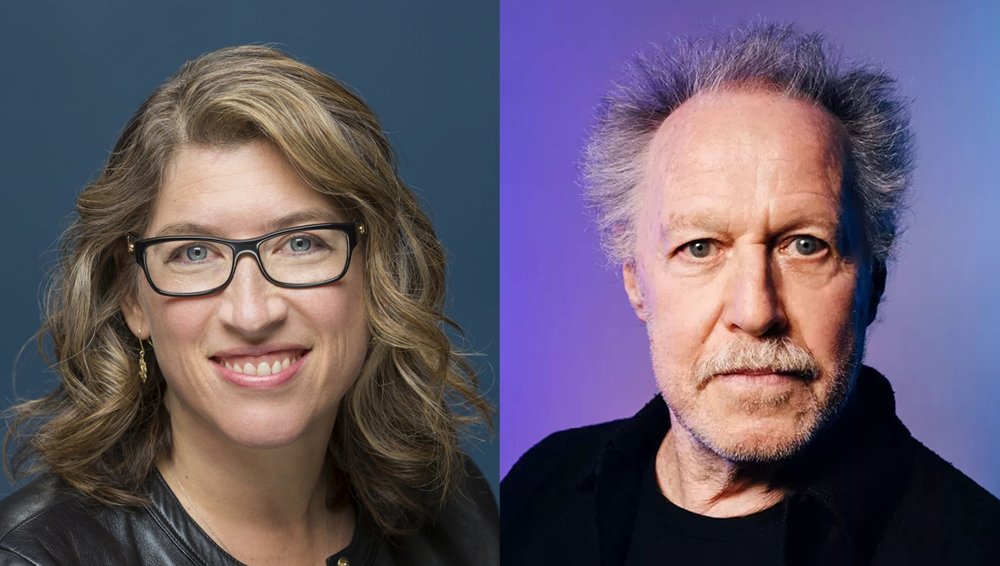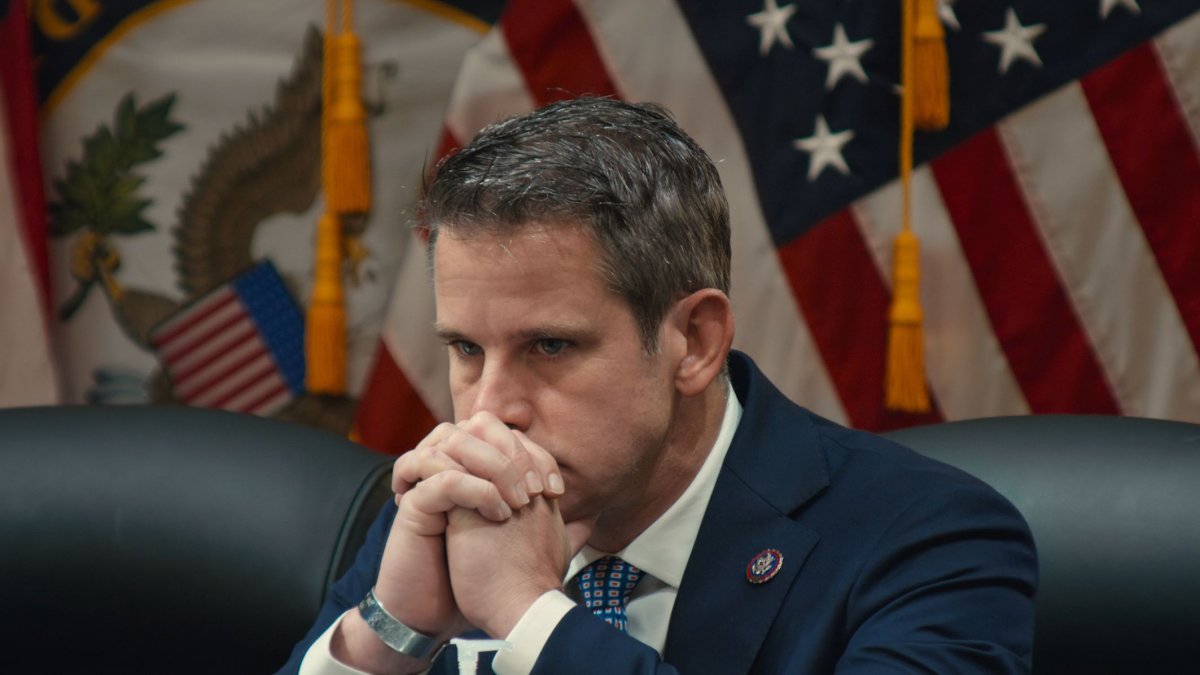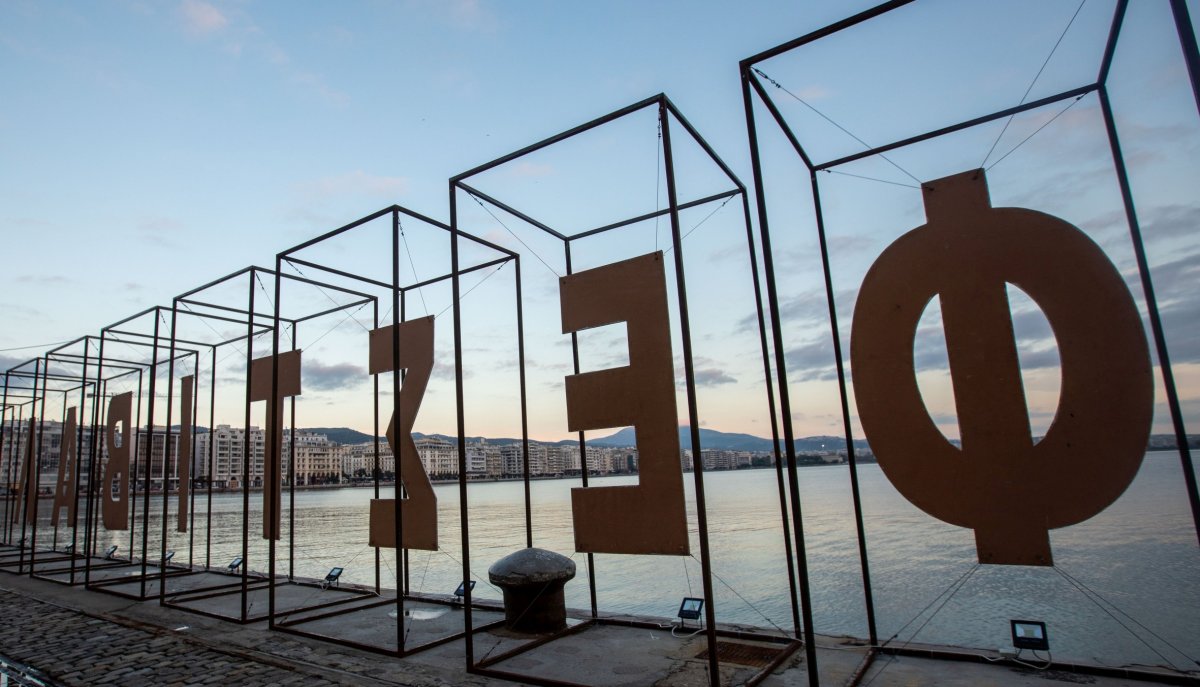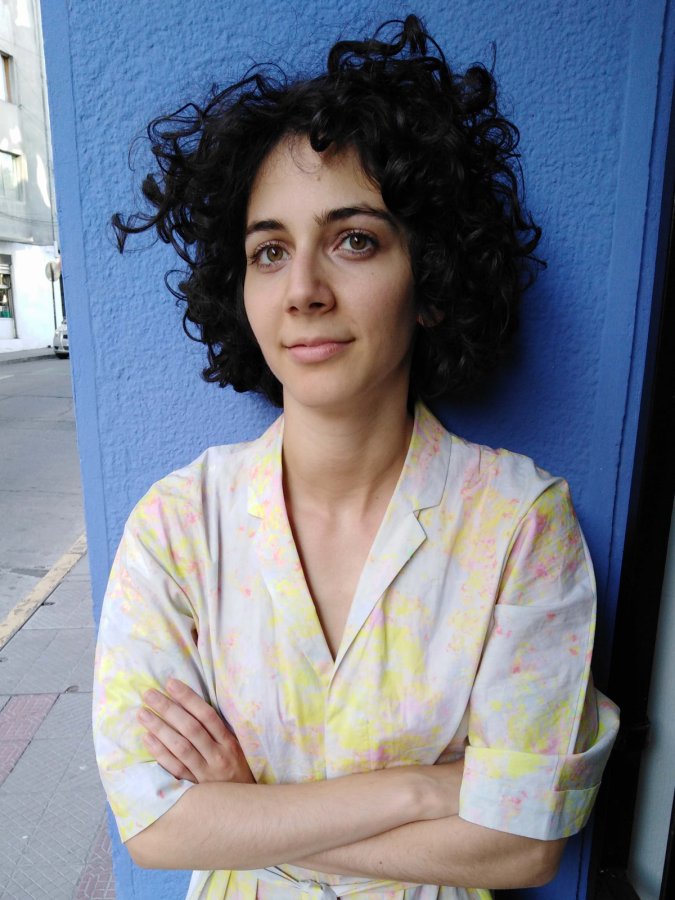“LOVE AND DIANE” ON A RAFT IN SEARCH OF “HEAVEN’S CROSSROAD”
In the press conference held on Friday, March 7th at the Olympion Renault theatre in the framework of the 5th Thessaloniki Documentary Festival - Images of the 21st Century, three films from three different sections were presented: Views of the World (Balseros), Portraits: Human Journeys (Love and Diane) and Habitat (Heaven’s Crossroad).
Kimi Takesue spoke about her film Heaven’s Crossroad: “It’s an impressionistic journey to Vietnam. I wanted to show how emotions are triggered in a natural environment. There are no titles or narration because I wanted the audience to experience the tranquility and the meanings beyond language. I was rather thrown off by my previous work and I wanted to experience the joy of observing the landscape. Journeys evoke mixed emotions in us. Our emotions induce an ecstasy but at the same time they bring tranquility. I wouldn’t call it an ordinary documentary. It was very challenging for me to find common ground with nature”.
Jenifer Dworkin had this to say about her film Love and Diane: “I didn’t start off as a filmmaker, nor was I looking for a topic. I was a friend of the family and simply observing them when I got the idea to make my first film. I’ve known the family for eight years but I decided to film only three years starting from the birth of Love’s baby. The film shows how the past can influence the present and the future. “I think the film helped solve some disputes in the family. The two main characters -the mother and the daughter- have an obsession with always telling the truth. I never tried to press them to reveal anything. They only spoke about things they wanted to. Diane was addicted to drugs but the film doesn’t deal with that but with her feelings of guilt. It’s about how she handles her guilt. Another important thing I wanted to mention is the belief that if a deserted young girl has a baby it will bring security and well-being to her life. Unfortunately, though, this isn’t true”.
Jordi Hortensi, who spoke about Balseros, is neither the director nor producer of the film. He is a friend of the directors who witnessed the documentary’s production from the minute it began. “In 1994 journalists were allowed to cover the story of Cubans who were leaving their country in search of a better future in the States. Among the journalists were also the directors of the film who interviewed seven Cubans wanting to reach the coast of Florida on a raft, a very dangerous plan. The directors met the Cubans two years later in the American Guantanamo naval base”.
“Five years later the directors found the Cubans in the States and began recording once again. The initial impression is the fact that the seven people caught on camera was coincidental. It’s amazing, though, when the audience runs into them again after seven years. We’re able to see just how close they got to the American dream, who made it and who didn’t. “I’d also like to point out that besides the Sundance Festival the film also took part and was received very well in the Miami and Havana festivals which are very different. It’s especially impressive that the film had no problems participating in the Havana Festival considering its topic”.



